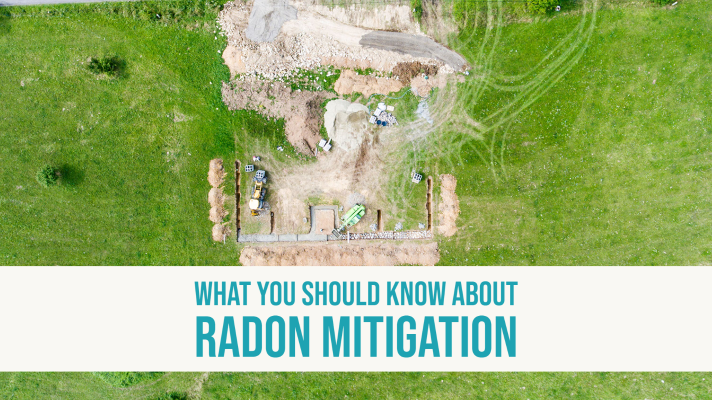Radon gas in your home can be a serious danger, even if it’s something you don’t think about often. This is why it’s important to find good methods of local radon mitigation and abatement. Let’s take a brief look at some ways to do this in order to keep you and your family safe.
The dangers of radon gas
First, you must understand the answer to the question “what is radon” and why it is dangerous. Radon is a naturally occurring gas that can be in the ground all around us. However, when it builds up inside of a home, it can be dangerous.
When breathed in, small particles of radon gas can stick to your lungs. These particles stay over time, and after many years can cause problems such as lung cancer.
Radon gas is the second leading cause of lung cancer, second only to smoking cigarettes. So it can be dangerous when allowed to build up. In fact, for every 100 Bq/m increase in average radon levels, the risk of lung cancer increases by 16%.
Testing
The best way to get started on keeping your home safe from radon is to get a residential radon testing service. This will tell you how much radon is in your home, and what you might need to do about it.
Radon is often measured in picocuries per liter, or pCi/L. It is generally agreed that a level over 4 pCi/L is dangerous for your health. So radon testing and inspection can tell you what level your home is at, and how to keep it low, or get it lower if need be.
Testing can be done easily with a kit that you pick up from a local radon service or even at a hardware store. You can get a short-term test kit, which can measure radon levels for anywhere from two to 90 days, or get a long-term detector that will measure the average radon levels for a longer period of time. Then, you simply send the detector to professionals and they tell you if the levels are safe, and if there’s anything else you need to do.
Local radon mitigation and abatement
Once you know the levels of radon in your home, it’s time to start thinking about ways to keep them low. There are many ways that you can do this, but a few are the most common, and the most effective.
First, seal up any cracks you may have in your foundation or basement walls. Radon gets into a home by seeping in through the soil, and cracks like these allow it to get in much easier. So sealing them up will help prevent radon gas from getting into your home.
Another method of local radon mitigation and abatement is to check your sump pump. Many houses may have these pumps to prevent water from flooding their basement. However, the holes these pumps sit in can also allow radon into your home.
There are ways around this. The hole can be covered, so it can still pump water out but doesn’t allow radon in. You can also place a ventilation system near the pump, to vent out radon gas.
A radon gas ventilation system can help you keep the radon levels in your home low. Getting one of these systems installed professionally in your home can help keep you and your family healthy and safe from radon gas.
Radon gas can be dangerous when it builds up in your home. It’s important to get your home tested, and look into methods of local radon mitigation and abatement. These methods and many others will help keep your family safe for many years, so you don’t have to worry about radon gas and can focus on other things. Contact Affordable Radon Colorado for more tips about local radon mitigation and abatement.


Recent Comments